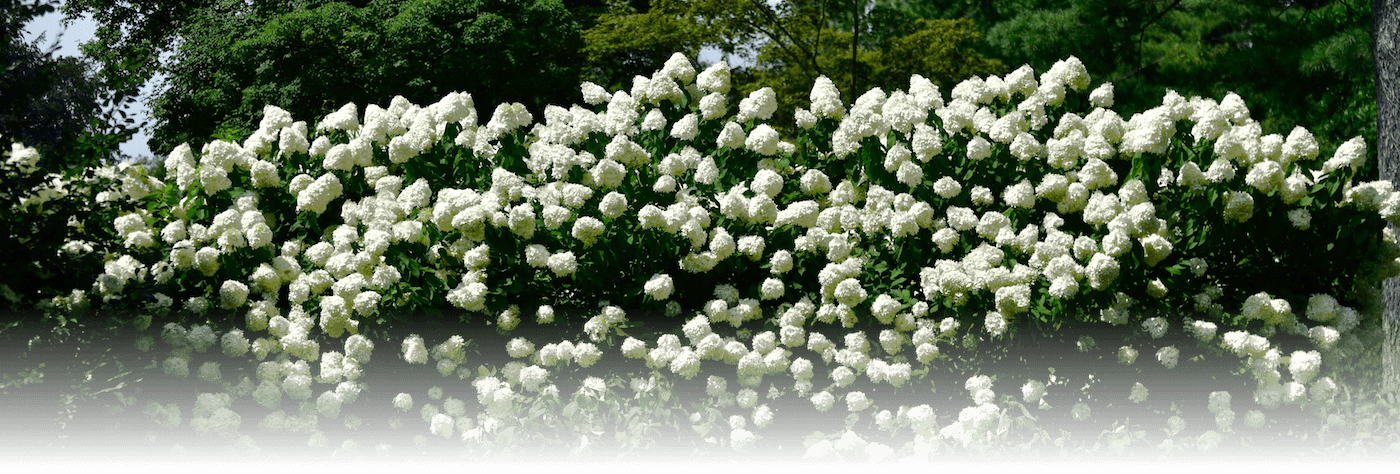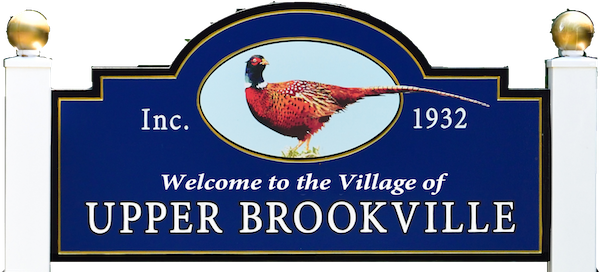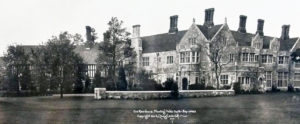Introduction by Alfred J. Seaman, Mayor, 1982
The people who moved here at one time or another, whether early or late, inherited a remarkable treasure. Nature gave generously to this area–open fields, rolling hills, winding roads and lanes, patches of woodlands, lovely homes–large and small. It must also have planted seeds of appreciation, because many people have worked hard and fought hard to preserve the best, to adjust to the future without sacrificing the past.
The words people use to describe the natural or nearly natural terrain have changed, of course. Professional planners now refer to all this as “open spaces” and “green belts”. Fortunately, they also see these patches of preserved beauty as assets for the entire area; indeed, for County, State and Nation. Local residents enjoy it every day. During week-ends and on soft summer evenings, people for miles around drive through, enjoying the woods and plants and scenic vistas, grateful that some relatively untouched countryside remains to be enjoyed by all.
If this history is to serve a purpose greater than a few hours of interesting reading, it will be in kindling a renewed determination to keep intact and strong the spirit and beauty of our Village. It is a task for each and every one, because the ultimate–and, indeed, the only-strength of village government is the thoughtful and loyal support of its citizens.
History of Upper Brookville 1932-1952 – CHAPTER ONE
History of Upper Brookville 1952-1960 – CHAPTER TWO
History of Upper Brookville 1960-1966 – CHAPTER THREE
History of Upper Brookville 1966-1974 – CHAPTER FOUR
History of Upper Brookville 1974-1982 – CHAPTER FIVE
History of Upper Brookville 1932-1982 – WHOLE BOOK
ROBERT E. KURZIUS, INC. v. VILLAGE OF UPPER BROOKVILLE
In a landmark 1980 zoning case, the New York Court of Appeals upheld the Village of Upper Brookville’s five-acre minimum lot zoning, agreeing that its purpose of preserving open space was a legitimate goal. Had the ordinance been “enacted with an exclusionary purpose,” or had an unjustifiably exclusionary effect, it would have been found unconstitutional. “Robert E. Kurzius, Inc. v. Village of Upper Brookville” was brought by a landowner seeking to have his holdings rezoned from five-acre to two-acre lots. The plaintiff was successful in the Appellate Division. (see Chapter Five above).
Kurzius v. Upper Brookville 1979
After careful review of the Appellate Division decision and consultation with counsel, the Board of Trustees decided to appeal the matter to the Court of Appeals, the State’s highest court.
The decision to appeal was based on the Board of Trustees’ firm belief that the existing ordinance is a key factor in the preservation of the environment and the natural resources of the Village, and that the Board must continue its stewardship in protecting the rural character of our community, which is an asset to the metropolitan area.
The plaintiff was not successful in the Appellate Division, that decision was reversed by the Court of Appeals.
Kurzius v. Upper Brookville – Court of Appeals 1980
Kurzius then took his case to the Supreme Court of the United States. However, the Supreme Court of the United States rejected the application for certiorari, leaving intact the last ruling in the case, that of the New York Court of Appeals.
The five-acre zone was sustained, twenty years after its creation.
The 1960 COMPREHENSIVE MASTER PLAN
Comprehensive Master Plan – October 11, 1960
The 2005 MASTER PLAN


